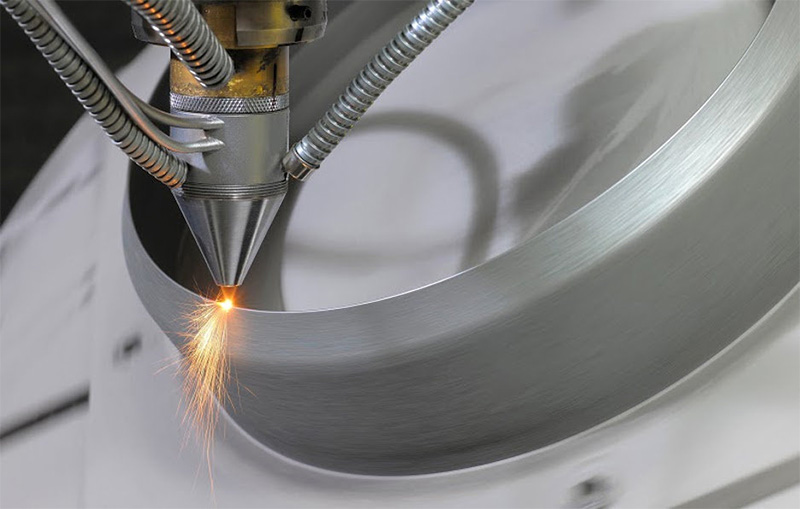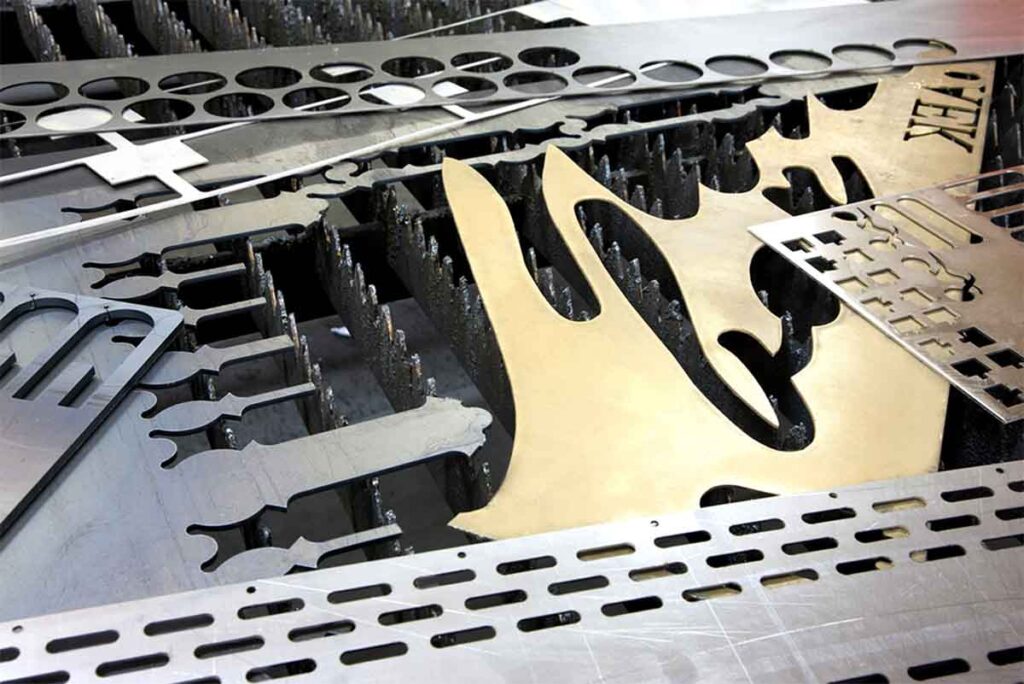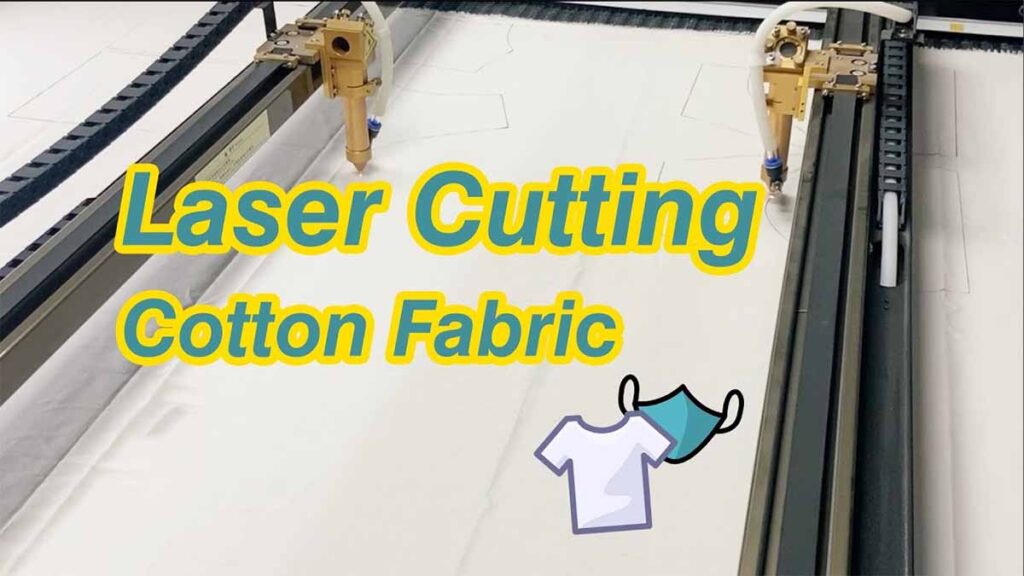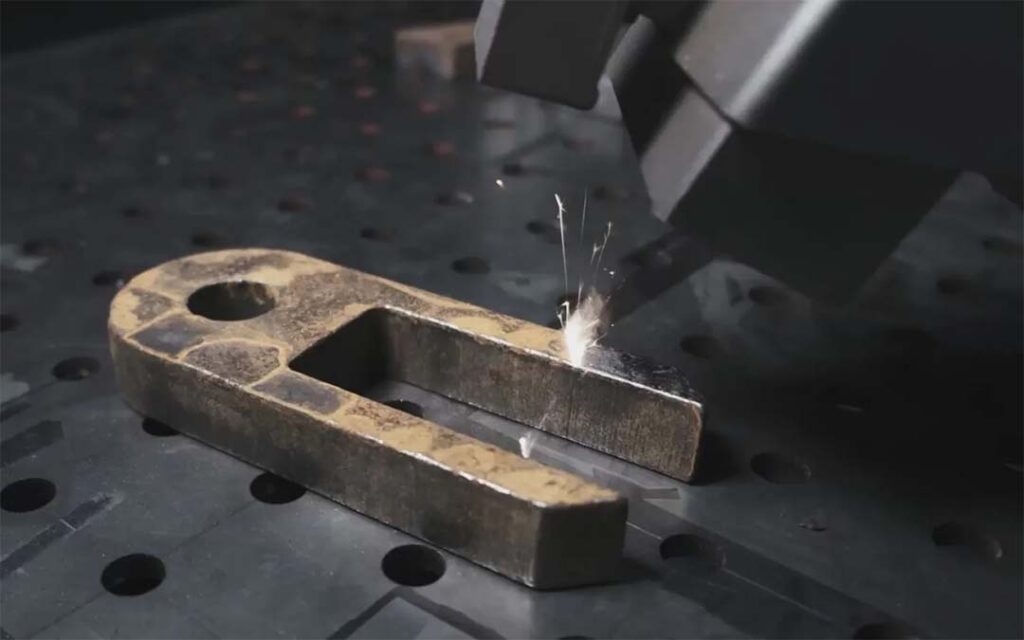As the demand for high-performance, long-lasting batteries continues to rise, ensuring the quality and reliability of the battery assembly process has become critical. Laser welding is one of the cutting-edge technologies that has contributed significantly to the advancement of battery technology. This article will take you inside the world of laser welding for lithium batteries, providing a comprehensive overview of the unique capabilities and applications of this precision welding technology.
Laser welding technology is an advanced processing technology for the production of high-performance power batteries. Since power batteries need to have multiple welding parts and it is difficult to carry out high-precision requirements met by traditional welding methods, laser welding technology can weld welds with high quality and automation due to the characteristics of small welding consumables loss, small deformation, strong stability and easy operation. Applied to the welding e-mobility battery, it can greatly improve the safety, reliability and service life of the battery.
Welding Techniques in the Lithium-ion Battery Industry
Ultrasonic welding utilizes mechanical vibrations generated by high-frequency vibrations (usually above 20 kHz) to heat the welded joints, melting and joining the materials together. In lithium battery production, ultrasonic welding is commonly used to connect battery cells to electrode foils, electrode cells to electrolyte films, and battery cells to battery casings and other components. It provides a highly accurate and stable weld, avoiding thermal damage and the introduction of impurities.
Laser welding uses a laser beam to heat the weld joints to a high temperature, causing the materials to melt and join together. Laser welding offers high energy density and joint precision. Laser welding is commonly used to join components such as electrode foils, battery casings, and battery connecting tabs. It provides non-contact, high precision and high speed welding for a wide range of different materials and complex geometries.
Resistance welding is a welding method that heats and joins two materials by generating heat through the material with an electric current. Resistance welding is commonly used to weld components such as battery cells to electrode foils and battery cells to connecting tabs. It is a common welding method, but requires proper control to avoid overheating and thermal damage.
TIG welding uses the high temperatures generated by the arc to melt the weld material, while an inert gas (usually argon) is used to protect the weld area from oxidation. TIG welding is commonly used to join components such as battery cases, battery covers, and battery leads.


Features of Lithium Ion Battery Laser Welding
Laser welding lithium ion batteries is a highly advanced and efficient welding method. It not only improves production efficiency but also ensures product quality and stability.
1. Efficiency: Compared to traditional welding methods, laser welding of lithium-ion batteries offers higher efficiency. This is because laser welding can complete a large amount of work in a short time without the need for any auxiliary materials.
2. High Precision: Laser welding of lithium-ion batteries can achieve very high precision. This is because the laser beam can focus precisely on the weld seam, ensuring the quality and stability of the welding.
3. Environmentally Friendly: Laser welding of lithium-ion batteries does not produce any harmful substances, making it very environmentally friendly. Additionally, as it does not require the use of solvents or other chemicals, it can also reduce waste production.
4. High Welding Quality: Lithium-ion battery laser welding equipment uses a non-contact welding method, which means there is no mechanical contact, thus avoiding the possibility of material damage after welding. Furthermore, the laser beam locally heats the welding area, allowing the welding area to quickly reach a high temperature, followed by rapid cooling, resulting in rapid solidification of the welding area, creating strong and aesthetically pleasing weld seams.
5. Wide Applicability: Laser welding of lithium-ion batteries can be applied to various types of lithium-ion batteries, including lithium-ion, polymer lithium-ion, and NMC lithium-ion batteries. Additionally, it can also be applied to various materials, such as aluminum, copper, stainless steel, etc.
By using laser welding, it is possible to efficiently and precisely weld critical components such as battery protection boards, tab connections, battery cover plates, series connectors, terminals, and more during the production process. Compared to traditional methods like brazing and resistance welding, laser welding technology can reduce material costs, increase production efficiency, and enhance the quality of weld seams.
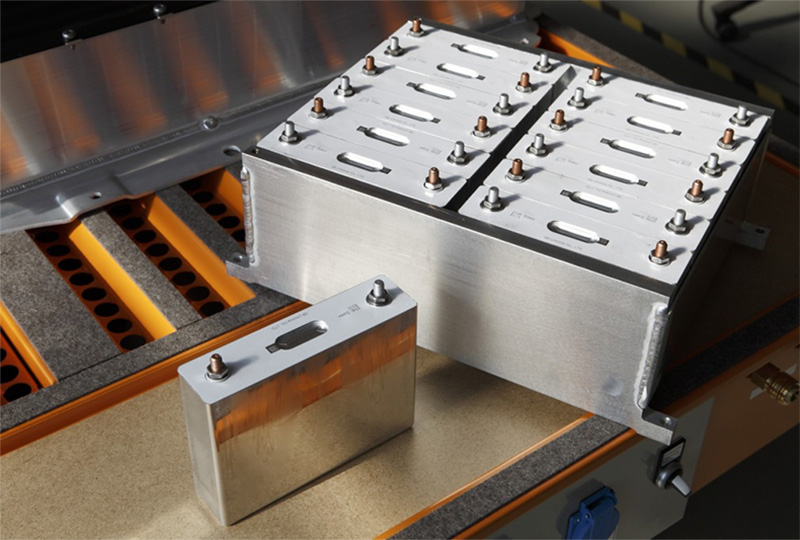

Applications of Lithium Battery Laser Welding Machine
1. In EV: With the increasing popularity of electric vehicles, there is a growing demand for high-performance and high-safety batteries. Replacing traditional welding techniques with laser welding in the production of power battery modules for electric vehicles not only significantly increases production speed but also improves the qualification rate of lithium battery pack modules and the safety of the travel safety.
2. in the energy storage industry: storage systems are a crucial focus in the future of energy development. Laser welding for storage batteries can offer a more reliable and secure battery connection solution for energy storage systems.
3. Liquid cooling plates: The performance of liquid cooling plates can impact the performance of power batteries. As the structure of liquid cooling plates becomes more diverse, the requirements for welding processes are increasingly demanding. Laser welding, with its high-precision welding control, can achieve micron-level accuracy, which is crucial for manufacturing complex geometries and structures of battery liquid cooling plates. Laser welding of water cooling plates can improve welding efficiency, increase welding productivity, reduce welding costs, and enhance welding quality and stability.
4. in the electronics industry: As people rely more on portable electronic devices, the demand for high-performance and high-capacity batteries continues to grow. Laser welding machine for lithium batteries can provide more stable and efficient battery solutions for electronic products.
Laser welding system for lithium-ion batteries is widely used in various stages of the battery production process, including the welding and connecting of components such as tabs, cells, series connectors, protection plates, and terminals. Thanks to its efficiency and precision, laser welding equipment has become an essential tool for lithium battery manufacturers.
During the assembly and welding of lithium battery pack, a significant amount of nickel-plated copper or nickel-plated aluminum is used to connect battery cells. The primary method of connection is nickel-aluminum welding. However, aluminum alloys have high reflectivity and are sensitive to the formation of pores, leading to issues like porosity, thermal cracks, and ruptures during the welding process. The design and welding quality of the automatic laser welding machine will affects the cost, quality and safety of lithium battery packs.


Laser Welder Manufacturer and Supplier
DPLASER, many years of experience in industrial laser equipment production, has developed an automatic laser welding machine designed for battery module manufacturing. This lithium battery laser welding machine utilizes laser technology to complete the welding process and can be equipped with visual positioning software for precise alignment and a multi-axis linkage system. The equipment is characterized by high efficiency, minimal consumables, aesthetically pleasing weld seams, strong weld joints, and user-friendly operation. It can be seamlessly integrated into automated production lines, enhancing the production capacity and efficiency of lithium battery pack assembly lines, meeting the battery welding needs of various industries. Additionally, we also offer customized robotic laser welding solutions for welding battery terminals, casings, and cover plates ensuring seal welding.


E-Mobility battery laser welding machine can weld battery tabs, terminals and lithium battery modules and cases.
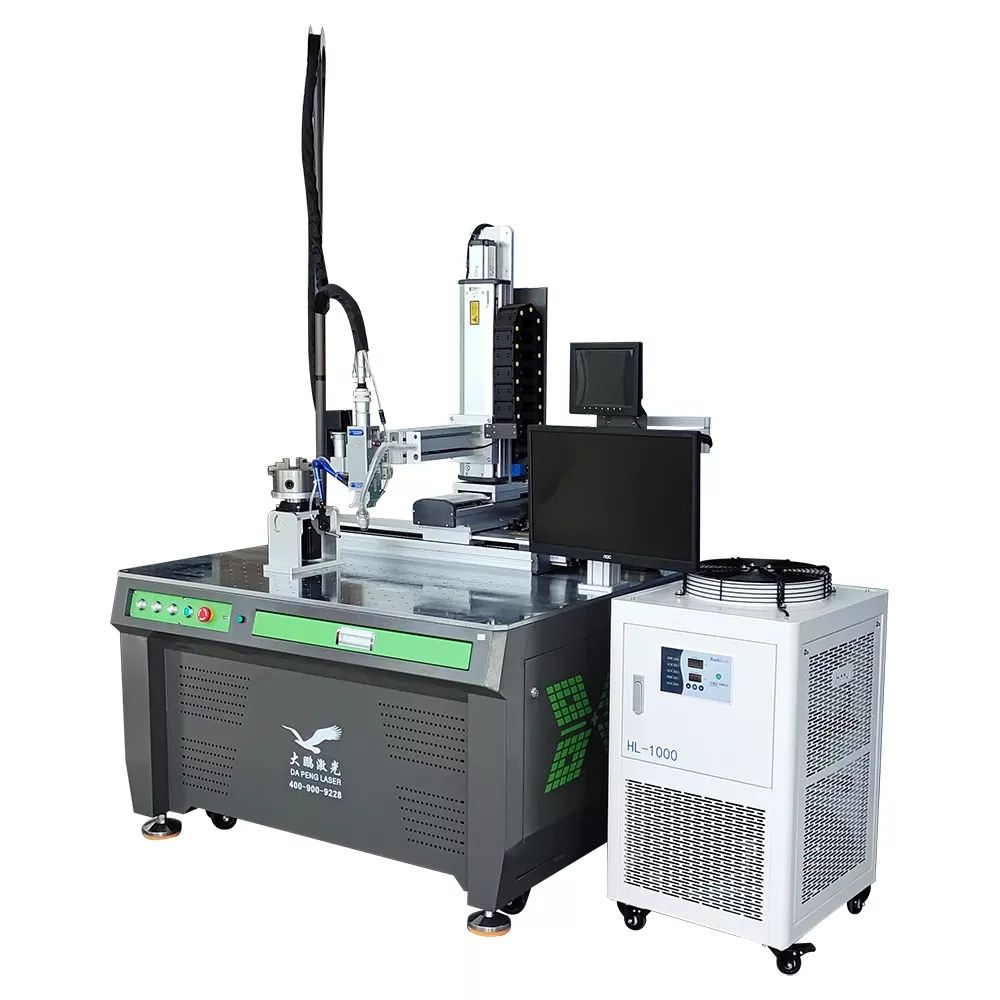

Advantages of Laser Spot Welder
1. Outstanding performance ensures a consistently strong and reliable welding effect, delivering top-notch results every time.
2. This welding system maintains a high level of stability during operation, utilizing a fully-automatic welding method that streamlines the process and saving labor
3. Its compact size makes it effortlessly integration with production lines, facilitating a smooth and efficient assembly process.
4. With remarkably low energy consumption, this welder is virtually maintenance-free, saving you both time and money in the long run.
5. Engineered for longevity, this welding equipment is exceptionally durable and boasts an extended service life, offering sustained value over time.
6. Its exceptional efficiency allows for rapid and precise welding, boosting productivity and reducing production time.
7. In addition to its impressive performance and features, this welding solution proves to be a cost-effective choice, making it an attractive option for businesses looking to optimize their welding processes without breaking the bank.
Laser Applications in the Energy Industry
The applications of laser technology in the new energy industry, especially in the manufacture of battery packs and lithium battery, has been gradually expanding to include equipment such as battery laser welding machines and laser marking machines. Laser marking machines have a variety of applications in lithium battery manufacturing, and they help mark, track, identify and manage battery packs, improving quality control, production efficiency and product traceability.
Battery Component Marking: Laser marking machines can be used to mark battery components, such as battery cells, battery lugs, battery terminals, battery casings, etc., to ensure that they can be tracked and identified. This marking can include information such as product model, date of manufacture, company logo, barcode or QR code.
Manufacturing date and lot traceability: Laser marking machines can be used to mark manufacturing date and lot information on battery components for traceability and quality control when required.
Tracking and Management: The marking information from the laser marking machine can be used to build a database of information about the battery assembly to track the performance, history and usage of each cell. This is very helpful in the management and maintenance of battery components.
Customized marking: Battery manufacturers can use laser marking machines to mark battery components with customized information according to customer requirements, such as customer logos, special specifications or serial numbers.
Using laser marking machines for lithium battery manufacturing helps to improve product quality, traceability and management efficiency. They provide high-precision, non-contact and efficient automated marking solutions for a wide range of battery pack sizes and shapes.


Finally:
Laser welding finds extensive and dynamic applications in the lithium-ion battery industry, enabling precise and efficient connections in the complex field of battery assembly. From ev battery to batteries for electronic devices, lithium battery laser welding machine is broad and far-reaching. Whether you are a manufacturer in battery manufacturing or simply curious about innovative technologies driving the development of the battery industry, we are eager to explore the various possibilities that laser welding brings to the world of lithium-ion batteries with you.
